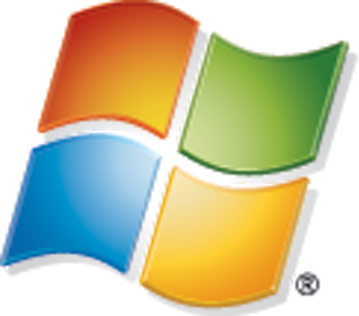
I didn't know how closely tied competing companies were in the industry of electronics. From this article from Bloomberg is shows that Sharp, Sony and Samsung seem to be co-dependent on each other in terms of investment. Would you do the same and invest in direct competitors? This article might provide some insight into their business strategy in terms of securing supply.
Sony Corp., the world's second-largest maker of consumer electronics, will invest in Sharp Corp.'s newest liquid-crystal display factory to meet demand for brighter flat-panel televisions.
Sony agreed to buy 34 percent of a venture that will operate the factory Sharp is building in Sakai City, Osaka, the companies said today, without providing an investment amount. Sharp, Japan's largest LCD maker, will own the remaining 66 percent.
The venture reduces Sony's reliance on main supplier Samsung Electronics Co. as LCD TV sales are forecast to rise 29 percent this year, outpacing demand for plasma sets. UBS AG and Lehman Brothers Holdings Inc. predict a shortage of LCDs will persist in 2008.
``The stake will give Sony some clout in determining production schedules and secure a stable supply of panels,'' Osamu Hirose, an analyst with Tokai Tokyo Research Center, said by telephone from Tokyo. He recommends buying Sony shares ``on weakness.''
The Sakai plant, the most advanced in the industry, will produce screens measuring as much as 60 inches diagonally. The companies expect to set up the venture in April 2009, with the factory scheduled to begin operations that fiscal year.
The plant will have a monthly production capacity of 72,000 glass substrates, from which panels are cut, Sony and Sharp said. Initial production is set at 36,000 per month.
Factory Investment
Sony agreed to invest more than 100 billion yen ($926 million) in the Sharp plant, the Nikkei newspaper reported today, without saying where it got the information. In July last year, Sharp said it would invest 380 billion yen to build the factory.
Sony rose 1.2 percent to close at 5,200 yen on the Tokyo Stock Exchange, while Sharp was unchanged at 2,100 yen. Samsung declined 1.7 percent to 571,000 won on the Korea Exchange.
Samsung and Sony in 2004 set up S-LCD Corp., a panel-making venture that has invested about 3.9 trillion won ($4.1 billion) in two factories to make screens measuring 40 inches to 52 inches.
The Japanese company overtook Samsung as the world's largest LCD TV maker by revenue during the fourth quarter, researcher DisplaySearch estimated this month. Sony plans to sell 10 million units of its Bravia LCD TVs in the year ending March 31, up from 6.3 million a year earlier.
``In the long term, Sony's agreement with Sharp will have an impact on Samsung as it may need to find another secure customer,'' Woo Jun Sik, an analyst at Tong Yang Investment Bank, said by phone from Seoul. ``With Japanese panel makers becoming aggressive in the LCD market, competition in the industry may intensify.''
Smaller Portion
Sony probably got 58 percent of its LCD TV panels from Samsung in the three months ended Sept. 30, down from 91 percent a year earlier, Woo said.
Japanese companies are entering partnerships to secure supplies as LCD televisions gain popularity over plasma sets. Global LCD TV shipments are estimated to rise 29 percent to 101 million sets this year, almost seven times the number for those with plasma screens, said James Kim, an analyst at Lehman Brothers Holdings Inc.
Matsushita Electric Industrial Co. President Fumio Otsubo said in January that it faces ``difficulties'' in securing LCDs as televisions using these panels outsell plasma TVs, its main business.
The maker of Panasonic-brand electronics is spending 300 billion yen to build an LCD factory in Hyogo prefecture, western Japan, that will be owned by a venture between Matsushita and Hitachi Ltd.
Sharp said in December it gained Toshiba Corp. as a customer. Sharp's share of sales to other companies from LCD panels, including those to be made at the Sakai plant, will probably exceed 30 percent in the fiscal year starting April 1, from 20 percent at present, President Mikio Katayama said in January.
(image from Krunker.com)


